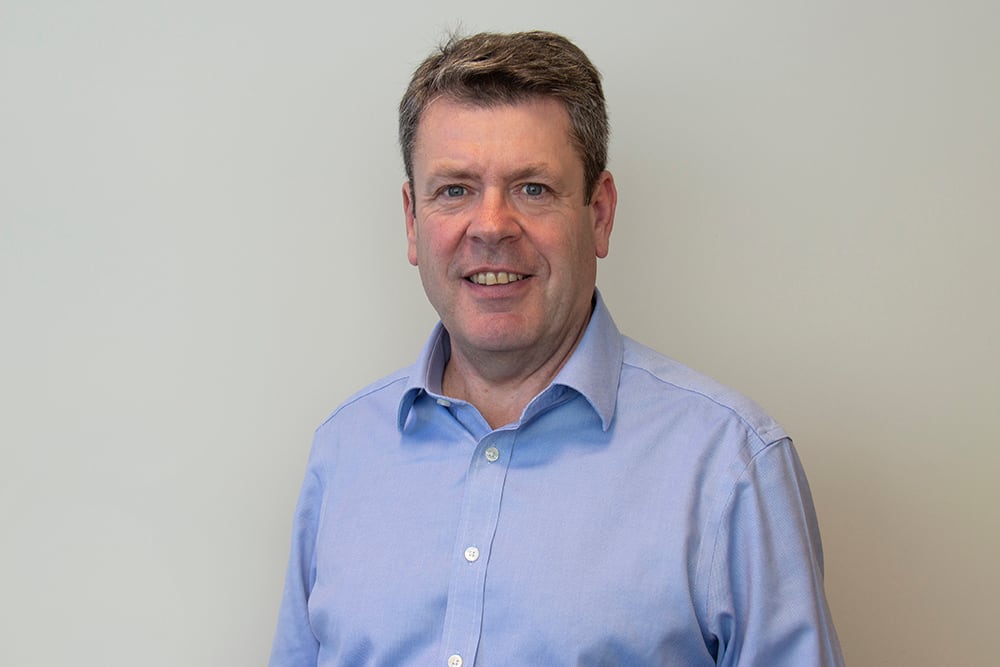Gadsby was well aware that manufacturers can be prone to continue to draw their power from the national grid, choosing the path of least resistance and occasionally shopping around energy providers to get lower bills.
“In a climate where the cost of energy is not the most significant factor in your business, people just tend to accept it,” he explained. “Historically, that’s what it’s been – ‘can I get much of a margin on that, or am I taking a risk? So, I’ll stick with the status quo, I’ll pay what I need to pay and I’ll receive my energy through the grid’.”
While he admitted that some businesses have been forward thinking and have installed onsite renewables, he argued that they were very few and far between.
‘No direct benefit’
“The ones that did it at an early stage did it to benefit from the feed in tariff, where they were exporting to the grid rather than utilising it, they were just housing a renewable energy project rather than getting direct benefit – other than some revenue,” Gadsby added.
Of course, the energy crisis has stimulated the thought processes of food and drink businesses that are now asking ‘what can I do differently?’. This was making a lot more businesses sit up and think about the merits of onsite generation, Gadsby continued.
He went on to discuss the ‘risk-free’ nature of the onsite energy generation model offered by Ylem, which keeps businesses connected to the gird to serve as a backup if the system doesn’t pan out as expected.
“We’re not saying ‘because we’re going to produce energy onsite for you, you’re disconnected from the grid and you’ve suddenly become this island that’s completely reliant on me [Ylem]’, said Gadsby.
Onsite and on-grid
“You’re still connected to the grid, you’ve still got he backstop option, you’ll still have a PPA in place with your supplier. It’s just most of the time you’re getting a cost benefit from the onsite generation. I’m not sure all businesses understand that at this stage.”
Gadsby went on to talk about the potential benefits of onsite energy generation for smaller businesses – a demographic Ylem was unable to supply for – as well as the role of gas as an intermediary fuel source while then world transitions towards more renewable sources of energy.
“We’re going to see more renewables, perhaps the use of nuclear, but it takes 15 years to build a power plant and that’s after you've made the decision to build it,” he concluded.
“We’re many years away from the resilience that we might get from alternative, lower CO2 technologies and unfortunately we will have to rely on gas, and gas is going to be expensive.”





